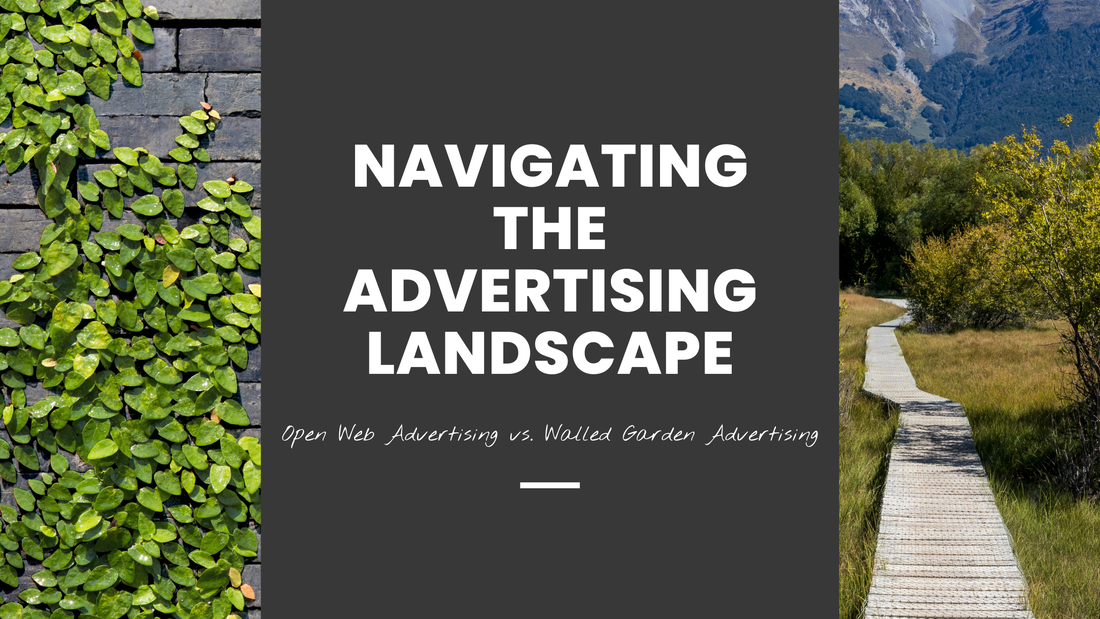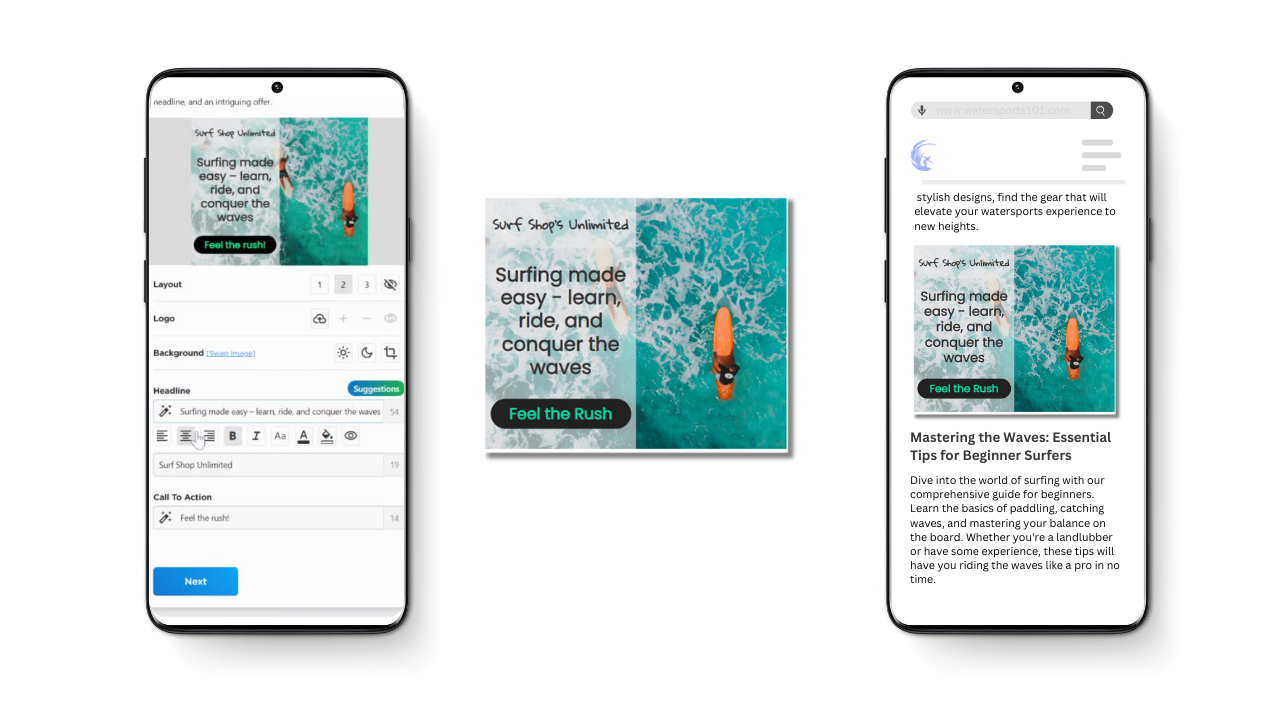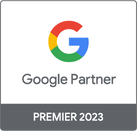|
In the vast realm of digital marketing, advertisers are presented with two distinct approaches: Open Web advertising and walled garden advertising. Each has its merits and drawbacks, influencing how brands connect with their target audience. Let's dive into the key differences between the two to help you make informed decisions for your marketing strategy.
Defining the Terms: Open Web vs. Walled Garden AdvertisingBefore we delve into the intricacies, let's clarify these terms. Open Web Advertising: This refers to advertising on websites and platforms that are accessible to anyone on the internet. This encompasses a diverse array of digital platforms such as apps, websites, connected TV, and podcast networks. On these platforms, consumers can access free content supported by advertising. Walled Garden Advertising: In contrast, walled garden ecosystems are managed by a select group of tech giants who not only own their content and media but also exert complete control over the technology employed for ad targeting, placement, and measurement. Prominent examples of these walled gardens include Apple, Amazon, Google, and Meta. Audience Reach: Open Web's Breadth vs. Walled Garden's DepthOpen Web: The Open Web, accessible to everyone without restrictions, encompasses a diverse array of digital platforms such as apps, websites, connected TV, and podcast networks. On these platforms, consumers can access free content supported by advertising. When viewed from an advertiser's standpoint, the Open Web includes all the spaces where they can buy digital advertising using independent media buying tools. Walled Garden: Closed ecosystems known as walled gardens are managed by a select group of tech giants who not only own their content and media but also exert complete control over the technology employed for ad targeting, placement, and measurement. Data Ownership and Privacy Concerns: The Tug of WarOpen Web: Advertisers have more control over their data in Open Web advertising. With GDPR and other privacy regulations, user consent and data ownership are critical considerations. Advertisers can build their databases responsibly and leverage this data across various platforms. Open Web advertising is quickly moving towards cookieless tracking for advertising, creating a much more privacy-centric space for both advertisers and consumers. Walled Garden: Walled gardens, however, often retain control over user data within their closed systems. While this can provide advertisers with powerful targeting capabilities, it raises concerns about privacy and the potential for monopolistic control. As well, consumers are increasingly more hesitant to share personal and identifiable information which will create a massive problem for walled garden ecosystems that are highly dependent on first-party data for accurate targeting. Cost Considerations: Balancing the BudgetOpen Web: Open Web advertising can offer cost-effective solutions due to the wide range of platforms available. Advertisers are able to optimize their spending by choosing platforms and website categories that align with their target audience, ensuring efficient budget allocation. The Trade Desk’s recent report highlights the opportunity for advertisers to reach consumers not just where they spend the most time, but where they spend quality time. Walled Garden: Walled garden advertising may involve higher costs, especially within popular platforms, as demand for ad space is often intense. However, the potential for more precise targeting and engagement may justify the increased expense for some advertisers. There are benefits to advertising within these spaces, however, research is beginning to show that consumers are less focused within walled garden ecosystems than on Open Web content, as they provide a more deliberate and positive experience. Measuring Performance: Transparency vs. Closed MetricsOpen Web: Transparency is a hallmark of Open Web advertising. Advertisers can use a variety of analytics tools to measure performance, track conversions, and optimize campaigns across multiple platforms. This transparency facilitates data-driven decision-making without concern about a conflict of interest between the ad buying platform and the seller of the ad inventory. Walled Garden: Walled garden platforms often provide proprietary metrics, limiting the depth of insights available to advertisers. While these metrics can be valuable within the closed ecosystem, they may lack the holistic perspective that Open Web analytics can offer. Additionally, walled garden platforms tend to only show the metrics they feel will reinforce the value of their platform, rather than the best indicator of success for the advertiser. Striking the Right BalanceIn the dynamic landscape of digital advertising, there is no one-size-fits-all solution. The choice between Open Web and walled garden advertising depends on your specific goals, target audience, and budget constraints. Open Web advertising offers a broad reach, data ownership, and cost-effectiveness, making it suitable for brands aiming to cast a wide net. On the flip side, walled garden advertising provides a more focused approach, leveraging user data within closed ecosystems for precise targeting and engagement. It is important to remember that while the exposure on walled gardens may seem to be larger, there is distinctively lower quality engagement and brand recall than on platforms on the Open Web. After all, the algorithms on walled garden platforms are designed for click actions, not purchasing actions - as they just continue to show users more of the same based on their historical patterns, rather than surfacing anything new or relevant. Kliken offers solutions for both walled garden and Open Web advertising, however we see a significantly better return on advertising spend from our customers using Kliken Ads. Whether you are looking to advertise your online store, your local service, or a seasonal event, Kliken has the advertising solution that will get you there. Remember that it’s important to understand your audience and the goal of your campaign in order to get the most out of your advertising. If you are just starting out, you may want to consider a brand awareness campaign designed to bring in traffic so that you can build a retargeting audience that will eventually convert into first time visitors and long-time customers.
0 Comments
Your comment will be posted after it is approved.
Leave a Reply. |






